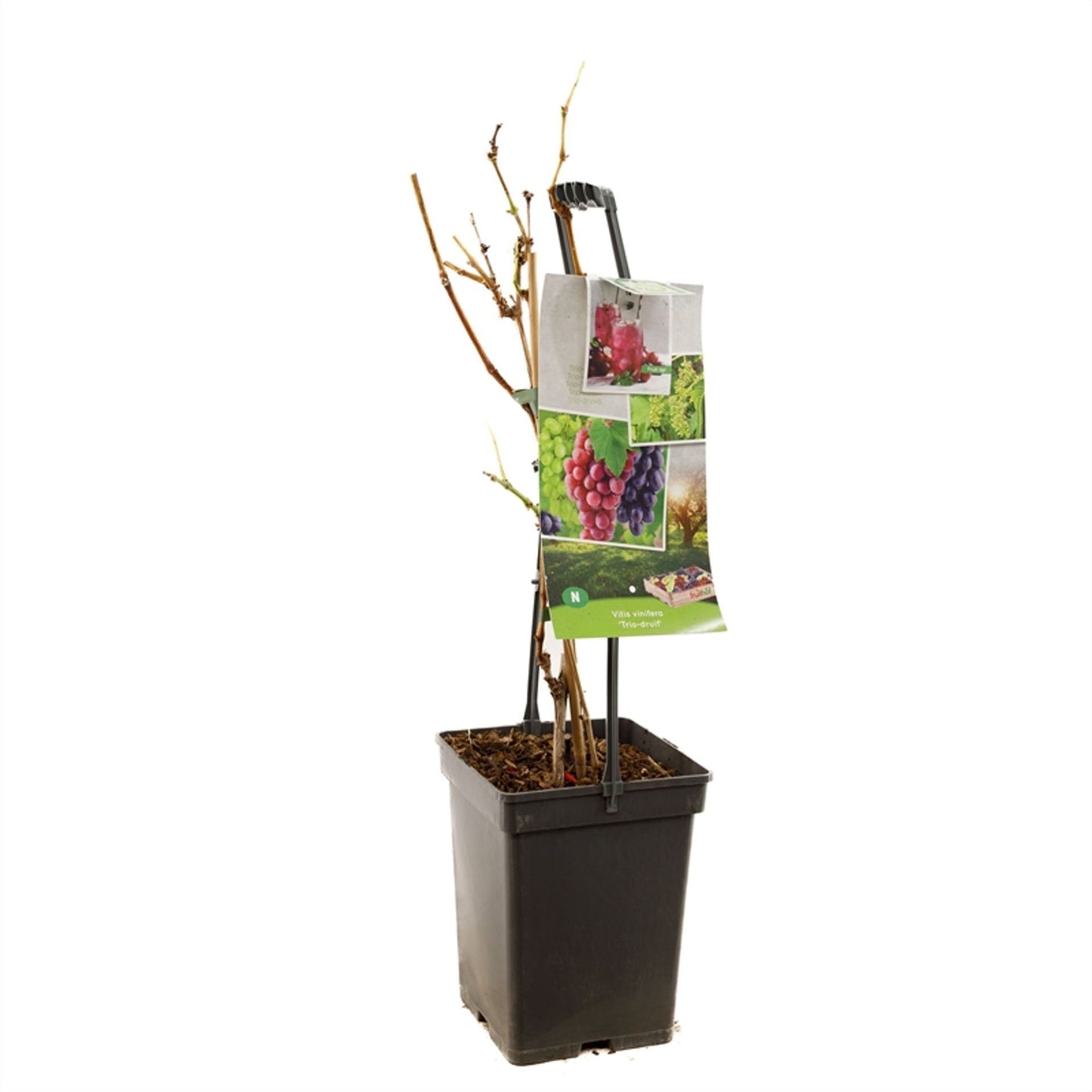1
/
of
3
عنب ثلاث الوان Trio druif - draagbeugel 3 planten 1 pot
عنب ثلاث الوان Trio druif - draagbeugel 3 planten 1 pot
Regular price
28.000 KWD
Regular price
Sale price
28.000 KWD
Unit price
/
per
Shipping calculated at checkout.
Couldn't load pickup availability
Share





